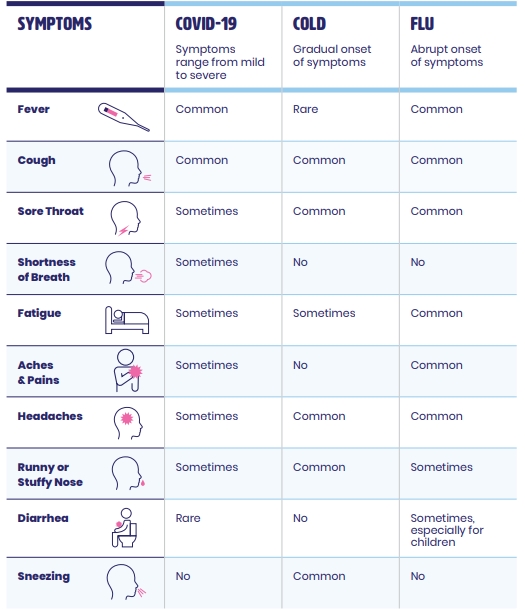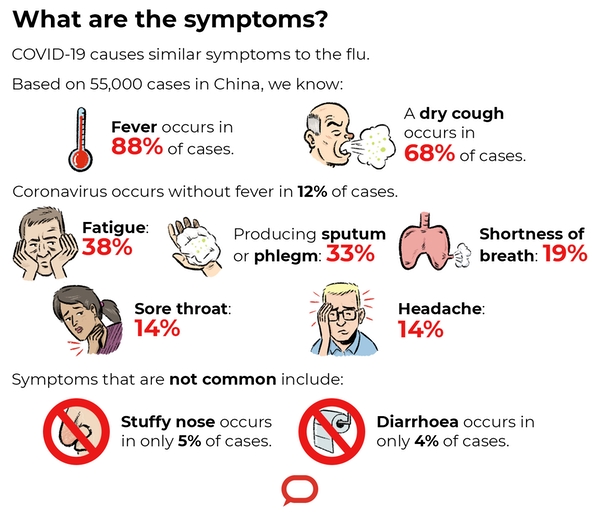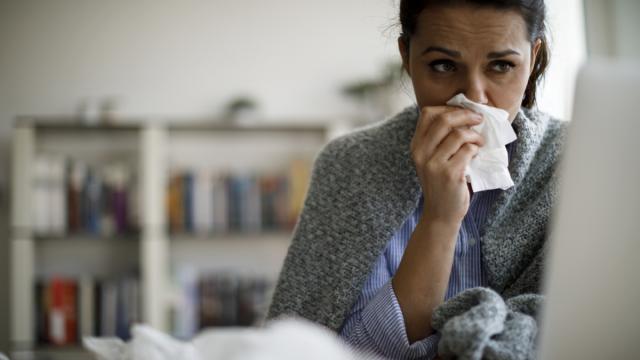There’s been some finger pointing in recent days over who’s to blame for Melbourne’s continuing outbreak. As soon as you experience symptoms, you’re supposed to get tested and isolate until results are delivered but allegedly, not everyone has been doing that. For some, it’s a choice between isolating as directed or earning necessary wages. For others, there is still some confusion over what actually constitutes as coronavirus symptoms.
The Victorian Premier Daniel Andrews has expressed his disappointment in recent days over more than half of Victorians who did not isolate after coming in to get tested. He suspects this could have contributed to the state’s growing and consistent number of COVID-19 cases despite tough lockdowns.
Stay home. Isolate.
And keep your workmates and your loved ones safe. pic.twitter.com/VJ3UheCkGK
— Dan Andrews (@DanielAndrewsMP) July 22, 2020
‘Waiting for the results’ has to mean exactly that.
It can’t mean ‘Hopefully I’ll test negative, so I’ll just keep going to work in the meantime.’
— Dan Andrews (@DanielAndrewsMP) July 22, 2020
Interestingly, the state’s health department site advises anyone who’s gotten tested with symptoms to go straight home and isolate until the results are delivered. If you don’t have symptoms, it seems isolation is not required.
Either way, Premier Andrews announced a new immediate hardship payment of $300 for workers without sick pay who would be forced to stay home while they waited for results.
“It essentially requires you to provide a payslip. If you’re in a position where you’re not able to do that, then a statutory declaration [will be accepted],” Andrews said in the press conference on 23 July.
It comes in addition to the $1,500 payments given to anyone who tests positive and is left without paid leave.
It means that those in precarious working situations might now have some monetary support and the final ambiguity that really remains is what coronavirus symptoms look like. It’s something that sounds simple but given how many benign symptoms come under the umbrella, is a bit more complicated.
The difficulty with coronavirus is that symptoms vary in severity and some don’t experience any at all. This is what’s known as asymptomatic cases. In some instances, the symptoms also appear similar to other colds and flus — though it’s best to get tested even if you don’t think it’s a coronavirus-related sickness.
Here’s a reminder of what coronavirus symptoms look like
According to the World Health Organisation (WHO), the symptoms can be broken up into three clear categories.
Most common symptoms:
- fever
- dry cough
- tiredness
Less common symptoms:
- aches and pains
- sore throat
- diarrhoea
- conjunctivitis
- headache
- loss of taste or smell
- a rash on skin, or discolouration of fingers or toes
Serious symptoms:
- difficulty breathing or shortness of breath
- chest pain or pressure
- loss of speech or movement
In addition to the above, Australia’s Department of Health also includes a runny nose, nausea, vomiting and loss of appetite and fatigue as additional symptoms.
The simplest way to tell whether you need to go and get tested is to use the government’s symptom checker. Pop in your details and any symptoms you’re experiencing so it can tell you whether you need to get test, where you should go and if you need to isolate.
How can I tell the difference between coronavirus and the cold or flu?
Looking at the list of vast ranging symptoms can be a little tough. Should you be concerned if you’re tired and have a runny nose but lack a fever and cough? While any of the above symptoms mean you can get tested in NSW and Victoria, the government has also provided a handy checklist to help you distinguish between symptoms of COVID-19, the seasonal flu and the common cold.

Fatigue alone might not be an indication but if you tick off another one of the symptoms in the coronavirus section, it’s enough to consider getting tested.
The Conversation has provided a handy infographic on the prevalence of certain symptoms based on information from 55,000 Chinese cases. A fever and a dry cough are by far the most common symptoms but more benign indicators, such as a headache or sore throat, were still present in 14 per cent of the cases.

It comes down to making an informed decision. If you’re due to go to the pub with your friends or visit a family member but have a scratchy throat, you should definitely reconsider. Given some of us can carry the virus unknowingly, it’s a good time to limit risk and that means assuming the worst and hoping for the best.

Leave a Reply
You must be logged in to post a comment.